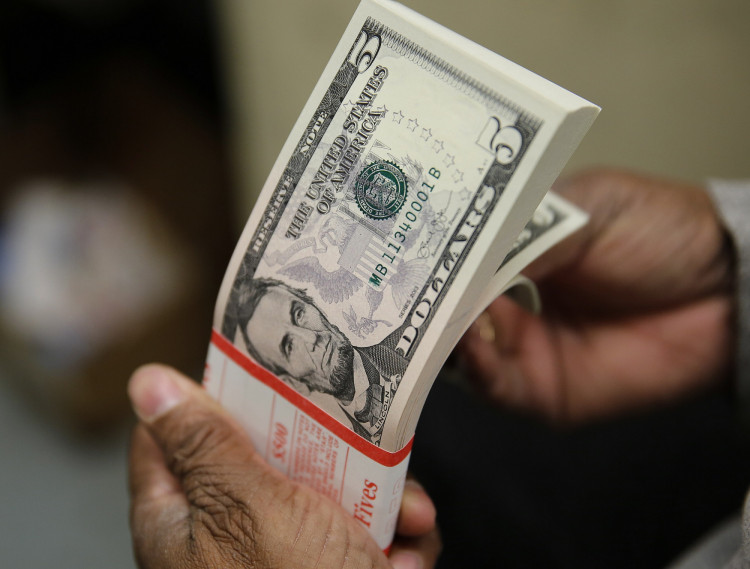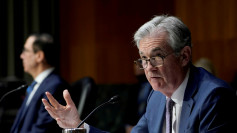Reuters - Asia share indexes were lower Monday as relief over the benign U.S. jobs report was chilled by caution ahead of inflation data later this week. A coronavirus outbreak in Taiwan took a toll on chip manufacturers.
Market participants were wary of how shares of big technology companies would react to the Group of Seven's agreement on a minimum world corporate tax rate of at least 15%. Getting the approval of the whole Group of 20 might be hard.
The reaction was muted with both Nasdaq and S&P 500 futures down 0.2%. Eurostoxx 50 futures and FTSE futures eased 0.1%.
Also of interest will be the tussle over U.S. President Joe Biden's proposed $1.7 trillion infrastructure plan with the White House rejecting the latest Republican offer.
MSCI's broadest index of Asia-Pacific shares outside Japan slipped 0.3% and risked a fourth session of losses.
Japan's Nikkei edged up 0.2% and touched its highest in almost a month. Toshiba Corp. said Monday it would buy back up to 6% of its outstanding shares worth around 100 billion yen ($913 million), in line with its plans to boost shareholder returns.
The industrial conglomerate will also allocate about 50 billion yen to pay a special dividend as "some shareholders, mainly retail shareholders, prefer dividends," it said in a statement.
Toshiba, which has been under pressure from activist shareholders, last month promised to return to shareholders a surplus of 150 billion yen against the appropriate shareholder equity level.
Taiwan stock prices lost 1.7% as a rise in COVID-19 cases hit three technology companies in northern Taiwan, including chip packager King Yuan Electronics.
China blue chips were off 0.3%. Data on exports and imports for May showed a trade surplus of $45.53 billion in May - below a market consensus of $50.5 billion and compared with a surplus of $61.9 billion in the same month a year earlier.
While a 559,000 rise in U.S. payrolls missed forecasts it was still a relief after April's weak report while the jobless rate at 5.8% showed there was still a long way to go to reach the Federal Reserve's goal of full employment.
"The data was perfect for a goldilocks type outlook for risk: not too hot to bring in fears of a faster Fed taper, and not too cold to worry about the outlook for the recovery," said NatWest Markets strategist John Briggs.
"This caused a weaker dollar, better stocks, reinforced the earlier bid in commodities and boosted emerging markets."
Attention will now turn to the U.S. consumer price report Thursday where the risk is of another high number, though the Federal Reserve still argues the increase is transitory.
Briggs suspected Fed officials might open the door to talking about tapering at the June policy meeting, with the start coming in early 2022 and a rate hike not until 2024.
The European Central Bank holds its policy meeting Thursday and is widely expected to maintain its stimulus measures with tapering a distant prospect.
Yields on U.S. 10-year notes were a fraction higher at 1.57%, after diving 7 basis points Friday and back to the bottom of the trading range of the last three months.
That drop, combined with an improvement in risk appetite, put the dollar on the defensive. It was last at 90.173 against a basket of currencies, having slipped from a top of 90.629 Friday.
The euro was holding at $1.2167, after bouncing from a three-week trough of $1.2102 Friday, while the dollar was back at 109.52 yen from a peak of 110.33.
Selling in the dollar helped gold steady at $1,885 an ounce, up from a low of $1,855 Friday.
Oil prices ran into selling following recent gains. Brent topped $72 a barrel for the first time since 2019 last week as The Organization of the Petroleum Exporting Countries-Plus supply discipline and recovering demand countered concerns about a patchy global COVID-19 vaccination rollout.
Brent slipped 31 cents at $71.58 a barrel, while U.S. crude eased 24 cents to $69.38.





